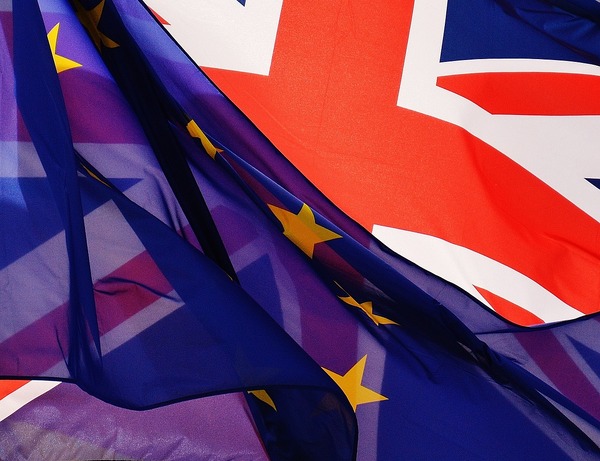Government controls on electronics and electricals
The information below is extracted from Ocki’s foundation article on electronics and electrical equipment to provide quick access to government actions, including regulations. As new activities are reported, we’ll update this document.
The electronics and electrical products industries are regulated in several ways. The Restriction of Hazardous Substances directive bought in by the EU in 2011 has been updated several times, as more chemicals are restricted.
Similar regulations have been adopted around the world, especially in Asia, as governments work to protect citizens from exposure to toxic materials. The EU’s Waste EEE directive aims to contribute to sustainable consumption and production, and the bloc has recently proposed an update to its Batteries directive.
In terms of product life and repairability, governments are currently in the process of pushing tech companies to create goods that have longevity or can be upgraded.
The EU has demanded the USB actually be a universal charger solution, helping reduce the planned cord obsolescence that’s in-built into so much of tech.
France has created a tech repairability index. This requires tech companies to provide a score rating on how repairable their product is (Product life span article).
Under EU and UK right-to-repair laws, manufacturers must make spare parts for electrical appliances available within two years of all model launches, and then for between seven and 10 years after the model is discontinued, depending on the type of product.
This currently applies to dishwashers, washing machines, washer-dryers, dryers, fridges, freezers, televisions and other electronic displays for home use.
Some companies, like HP and Dell now provide access to firmware, spare parts and tutorials, meaning that the average consumer will be able to upgrade their goods with a little bit of work.
Energy use
Many authorities also require companies to label products with energy efficiency ratings, so that consumers can identify devices and equipment that will help them save on their energy bills.
|
Activate employees
Find out how OckiPro membership engages employees to deliver sustainability impact.
Get Involved
There are many ways to get involved with Ocki and its community. To find out more, click the button below




